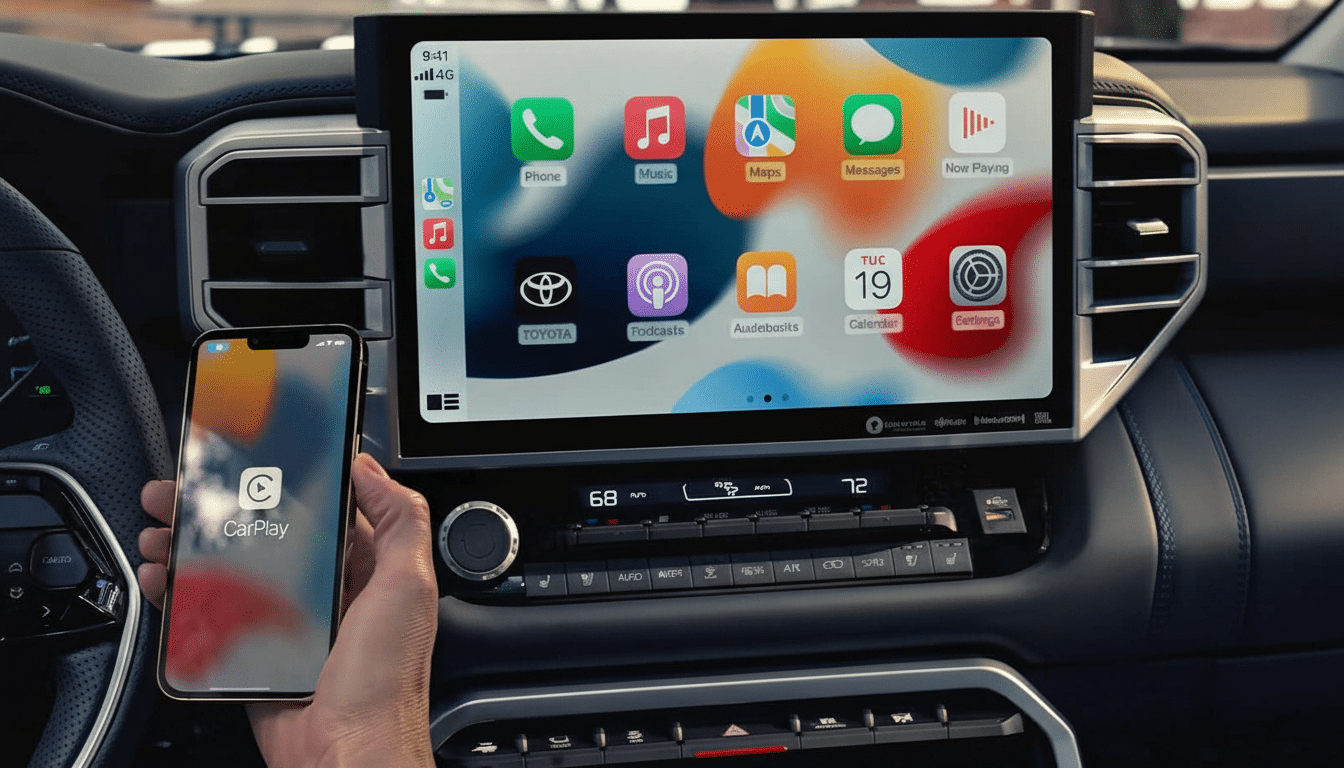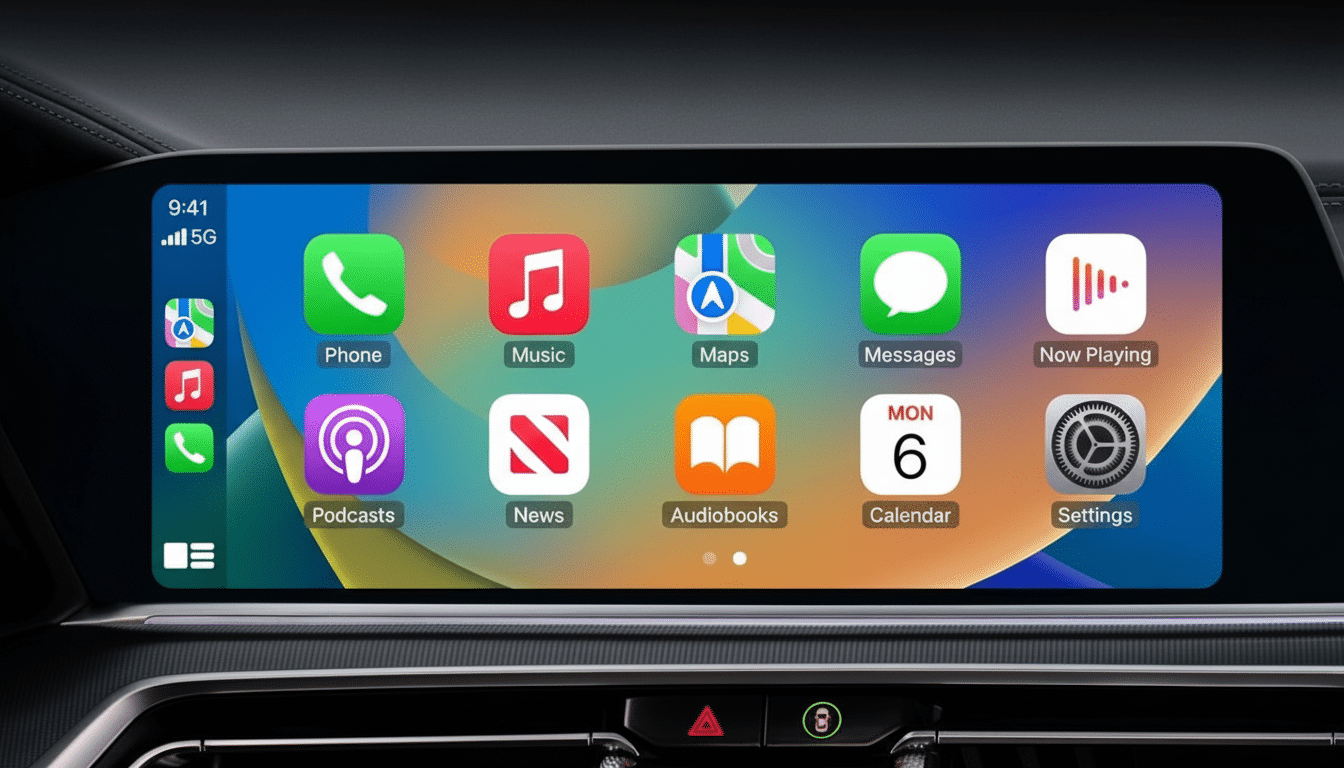That small rectangle on your dashboard is doing more than keeping your smartphone topped up. Today’s cars come with all sorts of USB ports: some only for charging, some for data and charging, but seriously, it’s impossible to tell just by looking at them—and that makes a major difference in this era of safer, smarter driving.
And yet from dead-simple smartphone integration to DIY firmware upgrades, here are five underappreciated USB tricks that punch above their weight on each and every trip.

Transform Your Cabin Into A Fast Charging Hub
Not all ports are equal. A lot of older USB-A ports in cars put out a worst-case 0.5–1 amp, plenty for trickle-charging a phone but not enough to keep pace with navigation and streaming. Higher-power USB-C with Power Delivery (PD) can now send 18–45 watts in many, if not all, models; the USB Implementers Forum’s PD 3.1 spec tops out at up to 240 watts for laptops — although automakers typically peg output lower for thermal and safety reasons.
Pro tip: Plug into the 12‑volt socket in your car and you’ve got a backbone. Add a small PD car adapter, and it becomes a high-watt hub with both USB-A and USB-C that will let you fast-charge a tablet, power earbuds, and just generally keep the mileage on your phone’s battery more stable while it tries to track you via GPS. Consult your owner’s manual for exact port ratings and use qualified, short cables to minimize the voltage drop.
Make CarPlay and Android Auto Rock Solid
Wireless CarPlay and Android Auto are convenient, but a cable still provides the most reliable connection. USB tethering cuts dropouts, shaves latency on voice prompts, and dodges Bluetooth audio compression. Smartphone mirroring has been an area of frequent trouble for new vehicles, with J.D. Power having repeatedly highlighted it as a key pain point; going wired is one easy way to curtail those headaches.
There’s a battery benefit, too. A wired connection tames your apps and charges your device, so the long navigational days don’t stop due to low battery. (And just keep an MFi-certified or USB‑IF certified cable in the console and you’ll enjoy crisper audio and fewer prompts to reconnect.)
Update Your Infotainment and Maps Without a Dealer
Over‑the‑air updates are becoming more common, but many vehicles still use USB drives for firmware and map refreshes. Sometimes auto manufacturers will post files on their support sites — download to an empty thumb drive, format it using FAT32 or exFAT, then insert it into a USB port that carries data and trigger the update from the head unit’s settings.
This is important not just for features but also safety. The National Highway Traffic Safety Administration wants owners to install software recalls and map updates without delay; some fixes (Bluetooth stability, camera behavior, or navigation accuracy) are much faster by owner‑installed USB than waiting for a service appointment. Do not shut down the engine, and follow battery‑support advice during the update process to prevent the bar from sticking.

Listen to Local, High-Quality Audio Anywhere You Are
High-quality streaming runs you 100–150 MB per hour; a dead zone in the boonies or data overages couldn’t care less about your road-trip playlist. A thumb drive solves both. Most factory head units can handle MP3 and AAC files, while an increasing number can read FLAC for near‑studio sound quality. Use folders and keep the filenames simple, and let the car index the drive the first time you plug it in.
A small USB splitter with data pass-through (not just a charge hub) can help if your car has only one data port, but you get varied native support.
The most consistent experience for many owners, they say, is to use one flash drive full of music and a single cable as the phone‑mirroring conduit, swapped out if necessary.
Power Smart Accessories For Convenience And Safety
USB isn’t just for phones. Low‑draw add‑ons, like dash cams (5V/1–2A), in‑car cabin air purifiers, seat cooling fans, and heated travel mugs or mood LED strips can all be powered from in‑car ports. The cleaner cabin and the stronger video evidence are material improvements for pennies on the power.
Cable management matters. Run wires down the trim with adhesive clips, and use ports that power down when you switch off the ignition to prevent a parasitic draw while in park. For dash cams that will record while parked, opt for a hardwire kit dedicated to the system; while the USB port is perfect for powering it up during daily drives, most always‑on recordings are ideally suited to be managed by a battery.
Renting a car? A USB data blocker (a.k.a. “USB condom”) enables you to top off without handing over your phone’s contents to an unknown head unit — little accessory, vast peace of mind, as privacy advocates and consumer groups like to say.
Your car’s USB ports do more than charge your phone—they can be battery packs, music sources, and more. Consider the 12‑volt socket to be your power plant, go wired for mission‑critical mirroring, hold a flash drive in reserve for about-town audio and updates, and use any still-operating outlet to improve creature comfort and safety. With a couple of budget‑friendly add‑ons and some time with the right connector cables, new features or settings most drivers never touch can be at your fingertips.

